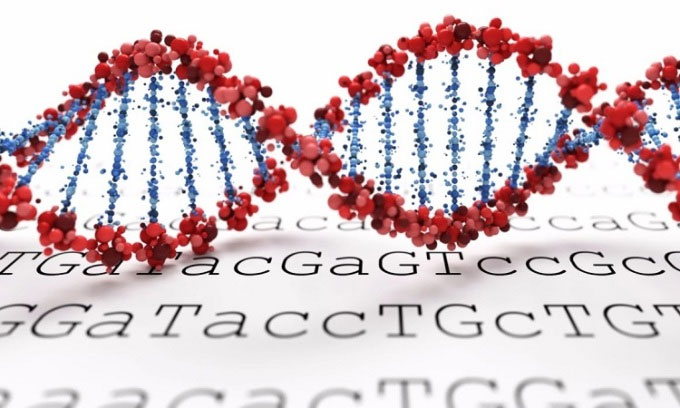A New Ultra-Fast Technique Sets a Guinness World Record Thanks to Its Ability to Sequence Genomes and Diagnose Genetic Diseases in Just a Few Hours.

The new technique significantly shortens the time it takes to sequence genomes. (Photo: SSilver/Depositphotos)
Researchers from Stanford University and the University of California, Santa Cruz tested a new technique on 12 patients exhibiting various undiagnosed symptoms, suspected to be rare genetic disorders. All 12 patients underwent genome sequencing, with 5 diagnosed with genetic diseases, achieving an average result time of just 8 hours.
All information that constitutes a living organism is contained within its genome, including characteristics such as eye color and genetic diseases. By comparing a patient’s genome with a list of DNA mutations associated with genetic disorders, doctors can identify the type of disease. Currently, this process usually takes several weeks.
With the new technique, the fastest case took only 5 hours and 2 minutes to sequence the patient’s genome, setting a Guinness World Record for the fastest DNA sequencing technique. Subsequently, the research team diagnosed the genetic disease for this case. The total time for sequencing and diagnosis was 7 hours and 18 minutes, nearly half the time of the previous record.
The new technique achieves ultra-fast speeds thanks to several key improvements. First, the technique utilizes long-read sequencing, which allows for scanning DNA strands of up to tens of thousands of base pairs, enabling more accurate reading. According to Professor Euan Ashley, a co-author of the study, mutations that occur over a large segment of the genome are easier to detect using long-read sequencing. Some variants are nearly impossible to detect without this method. Another breakthrough is the new device composed of 48 sequencing units, known as flow cells. The sequencing process can be significantly accelerated by using all 48 flow cells simultaneously to scan the patient’s genome.
However, the new technique also comes with the challenge of generating vast amounts of data. The research team developed a method for transmitting data to a cloud storage system and employed algorithms to scan the DNA sequence for mutations. They then compared these mutations with disease-causing mutations. The research findings were published in the medical journal New England on January 12.


















































